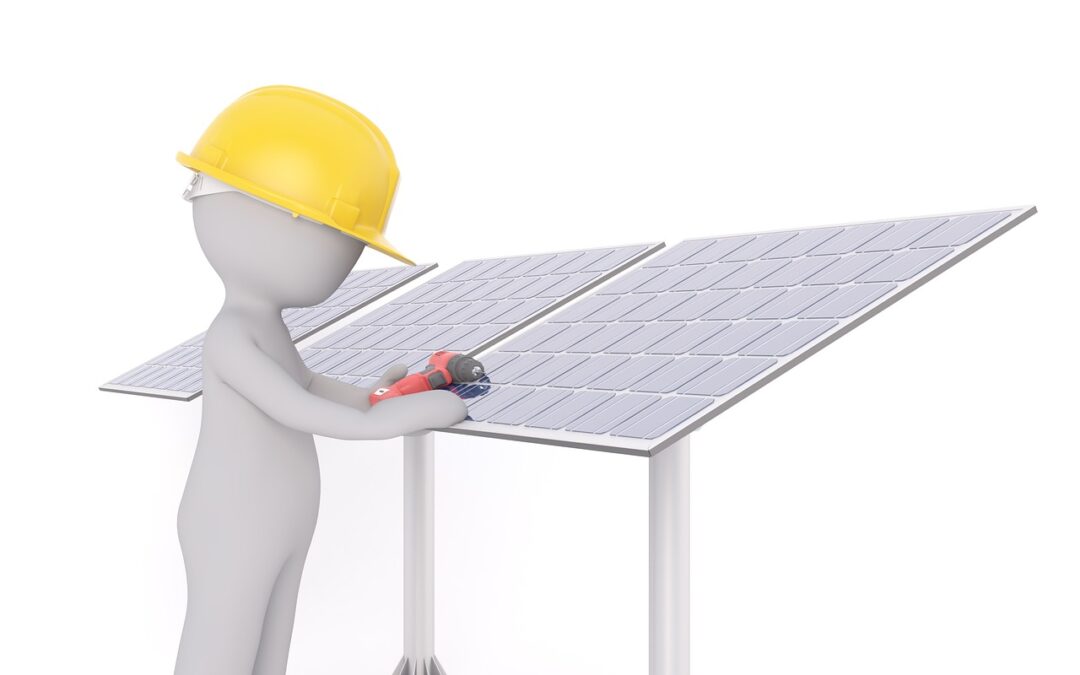XCV panel, also known as Xeriscape Cooling Ventilation Panels, represent a cutting-edge innovation in the field of energy-efficient building materials. These panels offer a sustainable and cost-effective solution for maintaining comfortable indoor environments while minimizing energy consumption. In this article, we’ll explore the various aspects of XCV panels, from their history and types to their installation process, benefits, and applications.
1. Introduction to XCV Panel
XCV panels are specially designed building components that integrate cooling, ventilation, and energy-saving features. They are primarily used in construction projects aiming to enhance energy efficiency and reduce reliance on conventional heating and cooling systems.
2. History of XCV Panels
The concept of XCV panels traces back to the growing need for sustainable building solutions in the face of climate change and rising energy costs. Over the years, advancements in material science and architectural design have led to the development of various types of XCV panels, each with its unique features and benefits.
3. Types of XCV Panels
XCV panels come in different forms, including passive cooling panels, photovoltaic-integrated panels, and hybrid panels combining ventilation and insulation properties. These panels can be customized to suit specific project requirements, offering versatility in design and functionality.
4. Benefits of XCV Panels
Energy Efficiency
One of the primary advantages of XCV panels is their ability to reduce energy consumption for heating and cooling purposes. By harnessing natural ventilation and solar energy, these panels help maintain comfortable indoor temperatures without relying heavily on mechanical systems.
Cost-Effectiveness
While the initial investment in XCV panels may be higher than traditional building materials, the long-term cost savings are significant. Reduced energy bills and lower maintenance requirements contribute to the overall economic viability of XCV panel installations.
Environmental Impact
XCV panels promote sustainability by minimizing the carbon footprint associated with building operations. By utilizing renewable energy sources and promoting passive cooling strategies, these panels play a crucial role in mitigating climate change and preserving natural resources.
5. Installation Process
Installing XCV panels involves several steps, including site assessment, design planning, panel fabrication, and integration with existing building systems. Proper installation is essential to maximize the performance and durability of XCV panels.
6. Maintenance and Care
To ensure optimal performance, regular maintenance of XCV panels is necessary. This includes cleaning, inspection, and timely repairs to address any issues that may affect functionality. Proper care extends the lifespan of XCV panels and enhances their efficiency over time.
7. Applications of XCV Panels
XCV panels find applications in various settings, including residential, commercial, and industrial buildings. From single-family homes to large-scale commercial developments, these panels offer versatile solutions for improving indoor comfort and energy efficiency.
8. Future Trends and Innovations
The future of XCV panels looks promising, with ongoing research and development aimed at enhancing their performance and functionality. Innovations such as smart panel technologies and advanced materials are expected to further optimize the benefits of XCV panels in the years to come.
9. Challenges and Limitations
Despite their numerous benefits, XCV panels face challenges such as initial cost barriers, compatibility issues with existing infrastructure, and regulatory constraints. Addressing these challenges requires collaboration between industry stakeholders and policymakers to promote widespread adoption of XCV panel technologies.
10. Comparison with Other Panel Types
Compared to traditional building materials, XCV panels offer distinct advantages in terms of energy efficiency, sustainability, and long-term cost savings. Their superior performance in maintaining indoor comfort and reducing environmental impact makes them a preferred choice for modern construction projects.
11. Case Studies
Real-world examples of XCV panel installations demonstrate their effectiveness in diverse environments. From residential retrofit projects to commercial developments, these case studies highlight the tangible benefits of incorporating XCV panels into building designs.
12. Regulatory Considerations
Building codes and standards play a crucial role in the adoption of XCV panels in construction projects. Ensuring compliance with regulatory requirements is essential to guaranteeing the safety, performance, and durability of XCV panel installations.
13. Cost Analysis
While the initial cost of XCV panels may be higher than conventional materials, the long-term cost savings justify the investment. Cost-benefit analysis demonstrates the economic viability of XCV panel installations over their lifecycle, making them a sound investment for building owners and developers.
14. Sustainability Aspect
XCV panels contribute to sustainable development by reducing energy consumption, minimizing greenhouse gas emissions, and promoting resource conservation. Their integration into building designs aligns with global efforts to create more environmentally friendly and resilient built environments.
15. Conclusion
In conclusion, XCV panels represent a revolutionary approach to energy-efficient building design. Their unique combination of cooling, ventilation, and energy-saving features makes them an ideal choice for sustainable construction projects. By harnessing the power of nature and innovative technology, XCV panels pave the way for a greener and more resilient built environment.
Unique FAQs
- Are XCV panels suitable for all climate types?
- XCV panels can be adapted to various climate conditions, but their effectiveness may vary depending on factors such as temperature, humidity, and solar exposure.
- How do XCV panels contribute to indoor air quality?
- XCV panels promote natural ventilation, which helps circulate fresh air and reduce indoor pollutants, improving overall air quality.
- What maintenance is required for XCV panels?
- Regular cleaning and inspection are essential to ensure the optimal performance and longevity of XCV panels. Periodic maintenance checks can help identify any issues that may affect functionality.
- Can XCV panels be integrated with existing building systems?
- Yes, XCV panels can be seamlessly integrated into existing building designs and systems, providing a cost-effective solution for retrofit projects and new construction alike.
- Are there any government incentives for installing XCV panels?
- Depending on the location, there may be various incentives, rebates, or tax credits available for investing in energy-efficient building technologies like XCV panels. It’s advisable to check with local authorities or energy agencies for specific incentives in your area.

